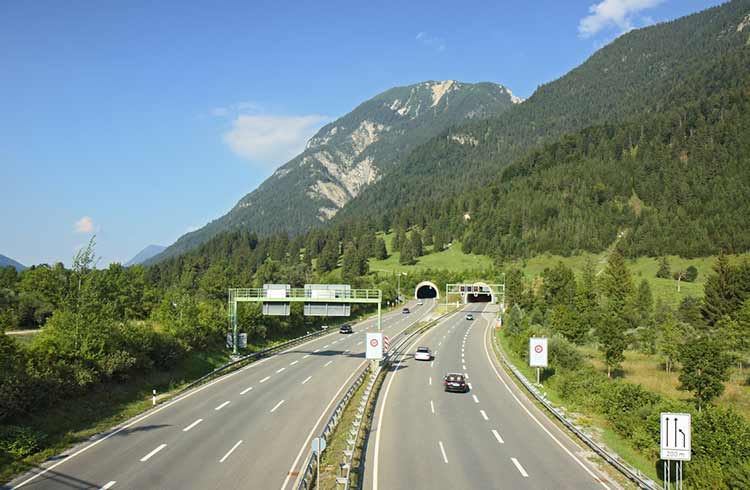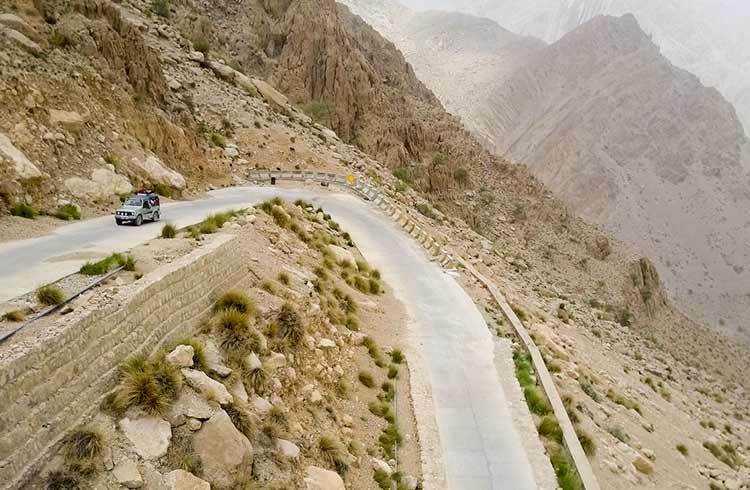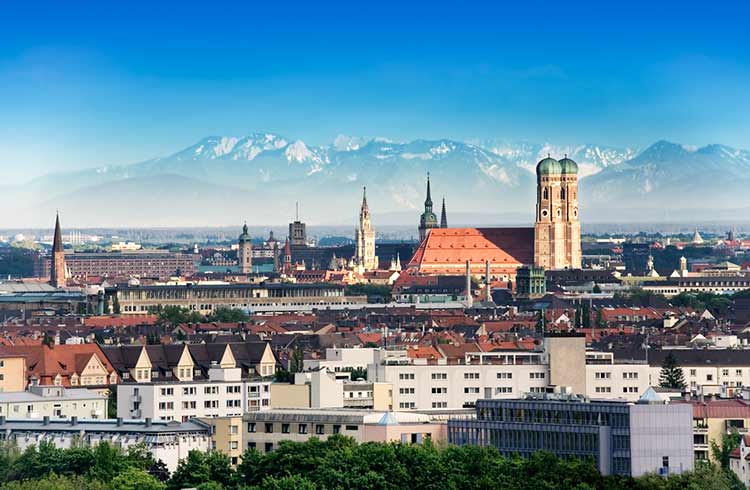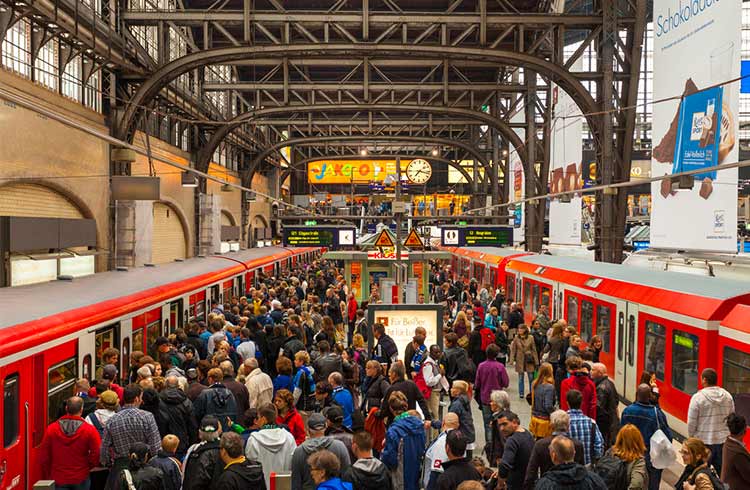How to Survive German Autobahns & Bikes Like a Pro
Following the rules while taking to the autobahn will save you time, and getting pulled over.
 Photo © iStock
Photo © iStock
- Riding bicycles in Germany
- Pedestrian rules in Germany
- German autobahn rules
- Driving licenses in Germany
Riding bicycles in Germany
The first rule of cycling in Germany, is that bikes rule. But it's not the lycra-clad fanatics who travel in packs and fight angry truckers for road space. Germany has flat roads, and bike lanes, and even special bike traffic lights, which makes cycling one of the best ways for locals and travelers to get around. Hiring bikes or even buying one for cheap at the markets to use during your stay, is common.
Make sure you always lock up your bike - if you don't it's likely to get stolen, and the next time you'll see it is back at the market being sold to someone else.
If you do hop on a bike, know that helmets are optional but recommended. Only 13% of Germans wear helmets. Obviously, it's better to be safe than sorry, especially when traveling on unfamiliar roads, but if you don't, you won't get fined.
What you will be fined for is not having lights on your bike at night. Police patrol this very strictly - not only will it hurt your pocket, but it makes sense because roads can be poorly lit.
It is illegal in Germany to ride with headphones or earphones - as nice as it may be to roll around town to your tunes.
As many of the bike lanes are on footpaths rather than on the roads, it's easy to think it's ok to ride in the opposite direction to traffic flow, especially when roads are wide and it's inconvenient to cross over. Pedestrians always have right of way. But if you find yourself playing chicken with a local, and you're the one traveling in the wrong direction, you're not going to win.
Bikes are banned on the autobahn.
Other than that, like most places, road rules that apply to motorists also apply to cyclists. So stop at stop signs, signal when turning, and give way to emergency vehicles. Like vehicles, it is illegal to turn right on a red light.
Pedestrian rules in Germany
If bikes aren't your thing, as a pedestrian you still need to be very aware of them. Be careful you're not walking on what you think is a nicely paved footpath, which is in fact a bike lane. If you do step in bike territory you will get run down.
Pedestrians also need to take j-walking seriously. One thing you are bound to notice is that in Germany nobody disobeys the green light at crossings. There's no eager pedestrian who starts edging out onto the road, because they know in half a second you'll be able to go. Cars whiz around corners at high speeds, and the timing of the lights at some major intersections tends to be a bit off. Not only is it a safety precaution, once again police are on the lookout, some even hiding nearby just to catch impatient pedestrians.
German autobahn rules
If you're someone who lives life in the fast lane, you will want to experience Germany's famous Autobahn.
Described by many as "the ultimate driving experience", you are faced with a 8,073mi motorway, which gives you speedy access to most German cities.
Myth has it that fast drivers have the freedom of a speed-limitless drive, with cars hooning by on a 20-lane superhighway. This isn't quite the reality. Around 55% of the motorway is subject to conditional limits, with a maximum speed of a still blisteringly quick 80mph.
It's illegal to stop unnecessarily on the Autobahn, so make sure you have plenty of fuel. If you do run out of fuel and have to stop, this is seen by the authorities as a preventable incident and you will pay for it.
If you have a breakdown or accident, move to the shoulder if possible and place a warning triangle 220 yards behind the scene.
Also, forget about riding a bike on the Autobahn, it's illegal. So is riding mopeds and anything else with a maximum speed of 37mi or less. That includes pedestrians.

Driving licenses in Germany
The minimum driving age in Germany is 18, and you will be able to use a valid license from your country of origin, at least for a little while. You can drive on an international license for six months starting from when you first arrived in the country. After that, you will have to deal with a lot of tests and paperwork to transfer to a Fuehrerschein.
Related articles
Simple and flexible travel insurance
You can buy at home or while traveling, and claim online from anywhere in the world. With 150+ adventure activities covered and 24/7 emergency assistance.
Get a quote


No Comments